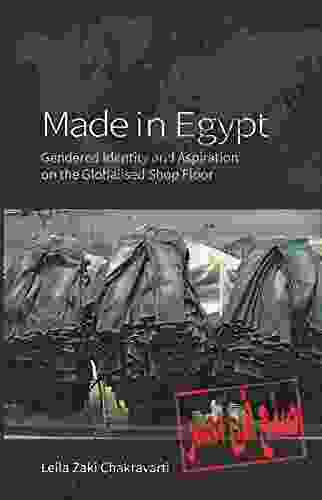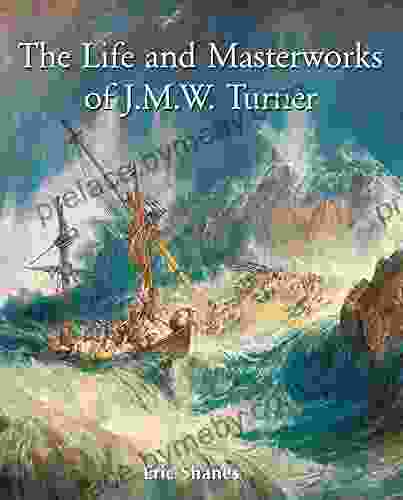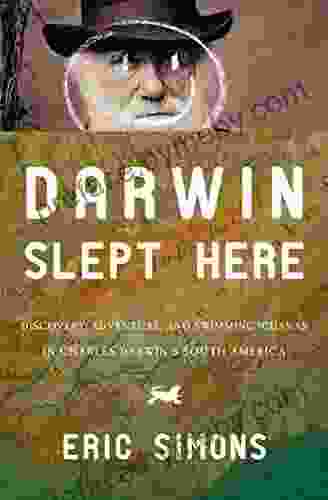Representations of Modernity, Race, and Nation in Early Modern Dance: A Journey Through Identity, Culture, and Expression

Early modern dance, an era spanning from the 16th to the 18th centuries, witnessed a profound transformation in the world of dance. It was a period marked by significant social, cultural, and intellectual shifts that left an indelible mark on the artistic landscape, including the realm of dance. This discourse will delve into the intriguing ways in which early modern dance mirrored the evolving concepts of modernity, race, and nation, offering a lens through which to examine the complexities of identity, cultural exchange, and the construction of national narratives.
The Birth of Modernity: Redefining Identity and Expression
The early modern period was characterized by a shift from medieval to modern ways of thinking and living. It was a time when the influence of the Church began to wane, and a new emphasis on humanism and rationalism emerged. This intellectual revolution led to a reevaluation of traditional beliefs and practices, including the role of dance in society.
4.7 out of 5
| Language | : | English |
| File size | : | 3674 KB |
| Text-to-Speech | : | Enabled |
| Screen Reader | : | Supported |
| Enhanced typesetting | : | Enabled |
| Word Wise | : | Enabled |
| Print length | : | 232 pages |
In the realm of dance, the rise of modernity fostered a departure from the rigid and formalized court dances that had dominated the previous era. Dancers began to explore new forms of expression, experimenting with different movements, rhythms, and themes. These innovations paved the way for the development of new genres, such as ballet and opera, which would go on to become defining features of early modern dance.
Image Description: A painting depicting a scene from a ballet performance during the early modern period. Dancers are adorned in elaborate costumes, performing graceful and intricate movements.
Race and Representation: Navigating Cultural Exchange
The early modern period also witnessed increased global exploration and trade, leading to unprecedented encounters between different cultures. These encounters had a profound impact on the development of dance, as European dancers were exposed to new rhythms, movements, and styles from around the world.
The influence of African and Asian cultures, in particular, is evident in many early modern dance forms. For example, the use of polyrhythms and syncopated beats in ballet can be traced back to African dance traditions. Similarly, the exotic and sensual movements found in early opera ballets were inspired by the dance forms of the Middle East and Asia.
However, these cultural exchanges were not always without their complexities. The representation of race in early modern dance often reflected the prevailing prejudices and stereotypes of the time. Non-European dancers were frequently exoticized and marginalized, their contributions to the development of dance often overlooked or downplayed.
Image Description: A photograph of a group of dancers performing a traditional African dance. The dancers are dressed in colorful costumes and adorned with intricate body paint.
Nation and Identity: Forging Collective Narratives
The rise of nation-states during the early modern period also influenced the development of dance. As nations sought to establish their unique identities and assert their power, they turned to art forms, including dance, as a means of expressing their national pride and aspirations.
In many European countries, the development of national dance styles became a matter of great importance. Folk dances, which had previously been performed in rural communities, were codified and elevated to the status of national symbols. These dances were often used in courtly settings and at public events to showcase the nation's cultural heritage and unity.
The construction of national narratives through dance was not limited to Europe. In the Americas, for example, African slaves used dance as a means of preserving their cultural traditions and expressing their resilience in the face of oppression. These dances, which often incorporated elements of both African and European styles, became powerful symbols of cultural resistance and identity formation.
Image Description: A photograph of a group of Native American dancers performing a traditional dance. The dancers are wearing elaborate headdresses and colorful regalia, and they are performing a ritualistic dance.
The early modern period was a time of profound transformation for dance, reflecting the broader shifts in society, culture, and politics. The rise of modernity led to a redefinition of identity and expression, while increased global exploration and trade fostered cultural exchange and the incorporation of diverse influences into dance forms. Finally, the emergence of nation-states prompted the development of national dance styles as a means of expressing collective narratives and forging cultural unity.
By examining the representations of modernity, race, and nation in early modern dance, we gain a deeper understanding of the complex interplay between art and society. Dance, as a powerful form of cultural expression, provides a unique lens through which to explore the ways in which identity, culture, and national narratives are constructed and negotiated.
4.7 out of 5
| Language | : | English |
| File size | : | 3674 KB |
| Text-to-Speech | : | Enabled |
| Screen Reader | : | Supported |
| Enhanced typesetting | : | Enabled |
| Word Wise | : | Enabled |
| Print length | : | 232 pages |
Do you want to contribute by writing guest posts on this blog?
Please contact us and send us a resume of previous articles that you have written.
 Book
Book Novel
Novel Page
Page Chapter
Chapter Text
Text Story
Story Genre
Genre Reader
Reader Library
Library Paperback
Paperback E-book
E-book Magazine
Magazine Newspaper
Newspaper Paragraph
Paragraph Sentence
Sentence Bookmark
Bookmark Shelf
Shelf Glossary
Glossary Bibliography
Bibliography Foreword
Foreword Preface
Preface Synopsis
Synopsis Annotation
Annotation Footnote
Footnote Manuscript
Manuscript Scroll
Scroll Codex
Codex Tome
Tome Bestseller
Bestseller Classics
Classics Library card
Library card Narrative
Narrative Biography
Biography Autobiography
Autobiography Memoir
Memoir Reference
Reference Encyclopedia
Encyclopedia Peter L Brandt
Peter L Brandt Elle Stephens
Elle Stephens Peter Hanson
Peter Hanson Zita West
Zita West Eileen Edna Power
Eileen Edna Power Ellen Schreiber
Ellen Schreiber Elianor M A
Elianor M A Sharon Schweitzer
Sharon Schweitzer Mark Rowlands
Mark Rowlands Elizabeth Sherrill
Elizabeth Sherrill Eric J Wittenberg
Eric J Wittenberg Elizabeth Chakrabarty
Elizabeth Chakrabarty Geoffrey Hindley
Geoffrey Hindley Scott J Bintz
Scott J Bintz Emily M Leonard
Emily M Leonard Tom Maccubbin
Tom Maccubbin Lee Gutkind
Lee Gutkind Emilee Day
Emilee Day Sarah Frier
Sarah Frier Gillian Gloyer
Gillian Gloyer
Light bulbAdvertise smarter! Our strategic ad space ensures maximum exposure. Reserve your spot today!

 Walt WhitmanSocial Insurance and Economic Security: A Comprehensive Guide to Protecting...
Walt WhitmanSocial Insurance and Economic Security: A Comprehensive Guide to Protecting... Oliver FosterFollow ·2.4k
Oliver FosterFollow ·2.4k Mario BenedettiFollow ·16.5k
Mario BenedettiFollow ·16.5k Demetrius CarterFollow ·17.4k
Demetrius CarterFollow ·17.4k Blake BellFollow ·10.6k
Blake BellFollow ·10.6k Nathaniel HawthorneFollow ·9.4k
Nathaniel HawthorneFollow ·9.4k Anthony WellsFollow ·16.7k
Anthony WellsFollow ·16.7k George OrwellFollow ·2.1k
George OrwellFollow ·2.1k Douglas PowellFollow ·8.6k
Douglas PowellFollow ·8.6k

 Richard Adams
Richard AdamsGame Development with Rust and WebAssembly: A...
Are you passionate...

 David Baldacci
David BaldacciGendered Identity and Aspiration on the Globalized Shop...
: The Convergence of Gender, Identity, and...

 Natsume Sōseki
Natsume SōsekiFresh Eyes On Panama: A Captivating Exploration of a...
Panama, a country often overshadowed by its...

 Adrian Ward
Adrian WardThe Life and Masterworks of J.M.W. Turner: A Timeless...
The Man Behind the Masterpieces ...
4.7 out of 5
| Language | : | English |
| File size | : | 3674 KB |
| Text-to-Speech | : | Enabled |
| Screen Reader | : | Supported |
| Enhanced typesetting | : | Enabled |
| Word Wise | : | Enabled |
| Print length | : | 232 pages |














